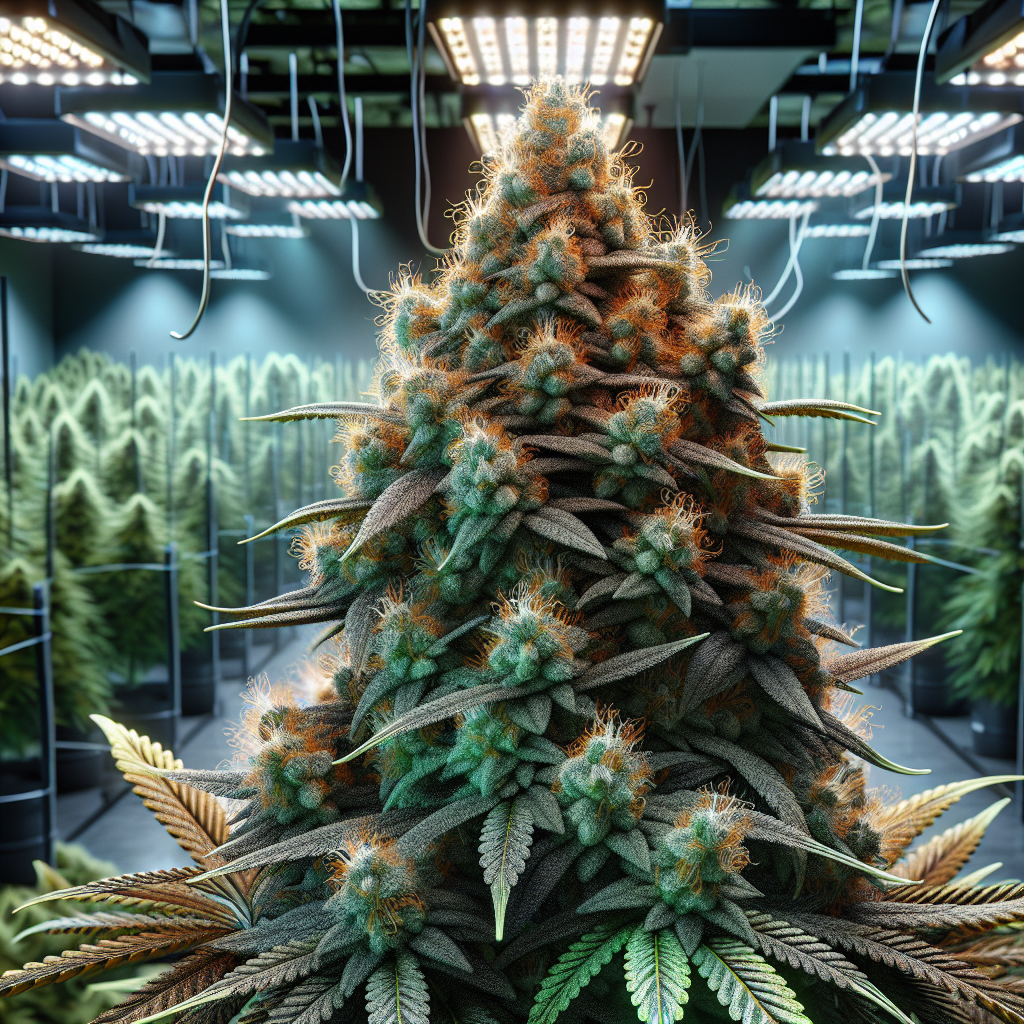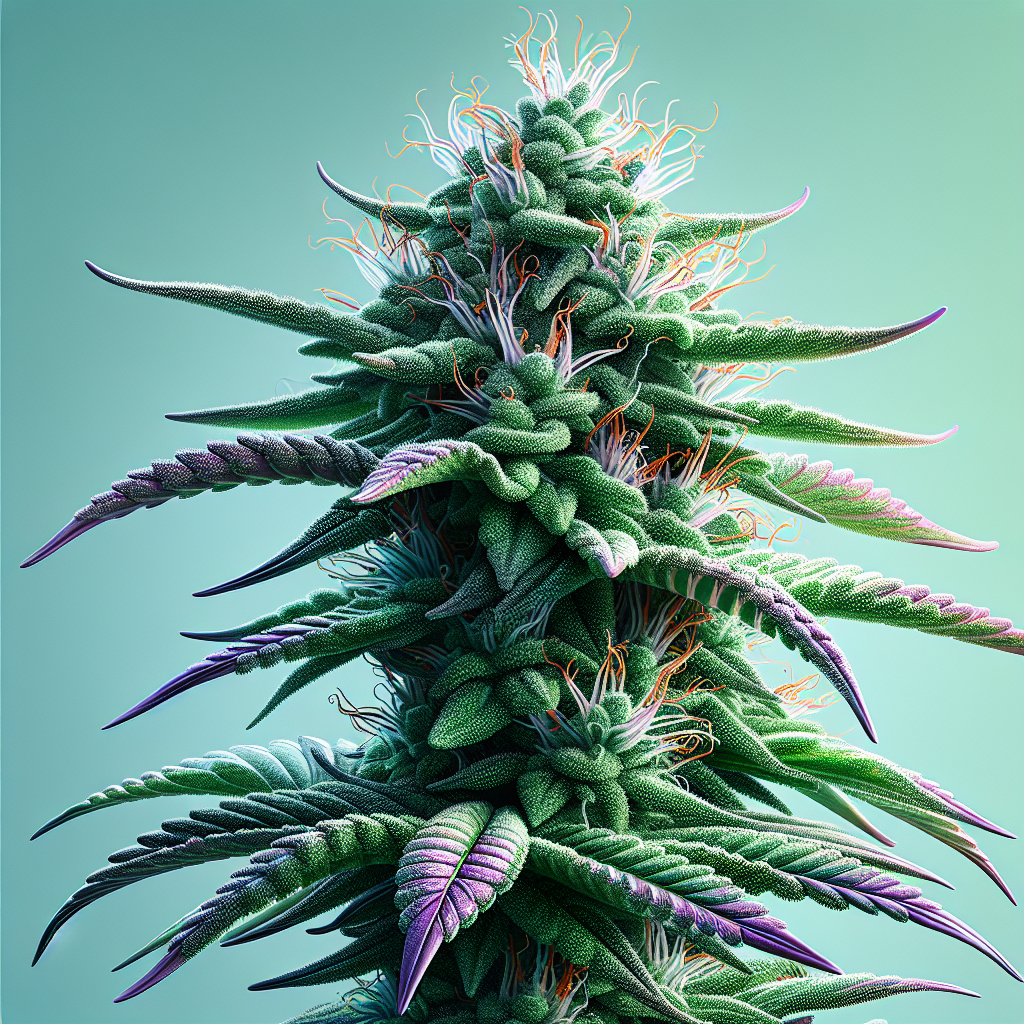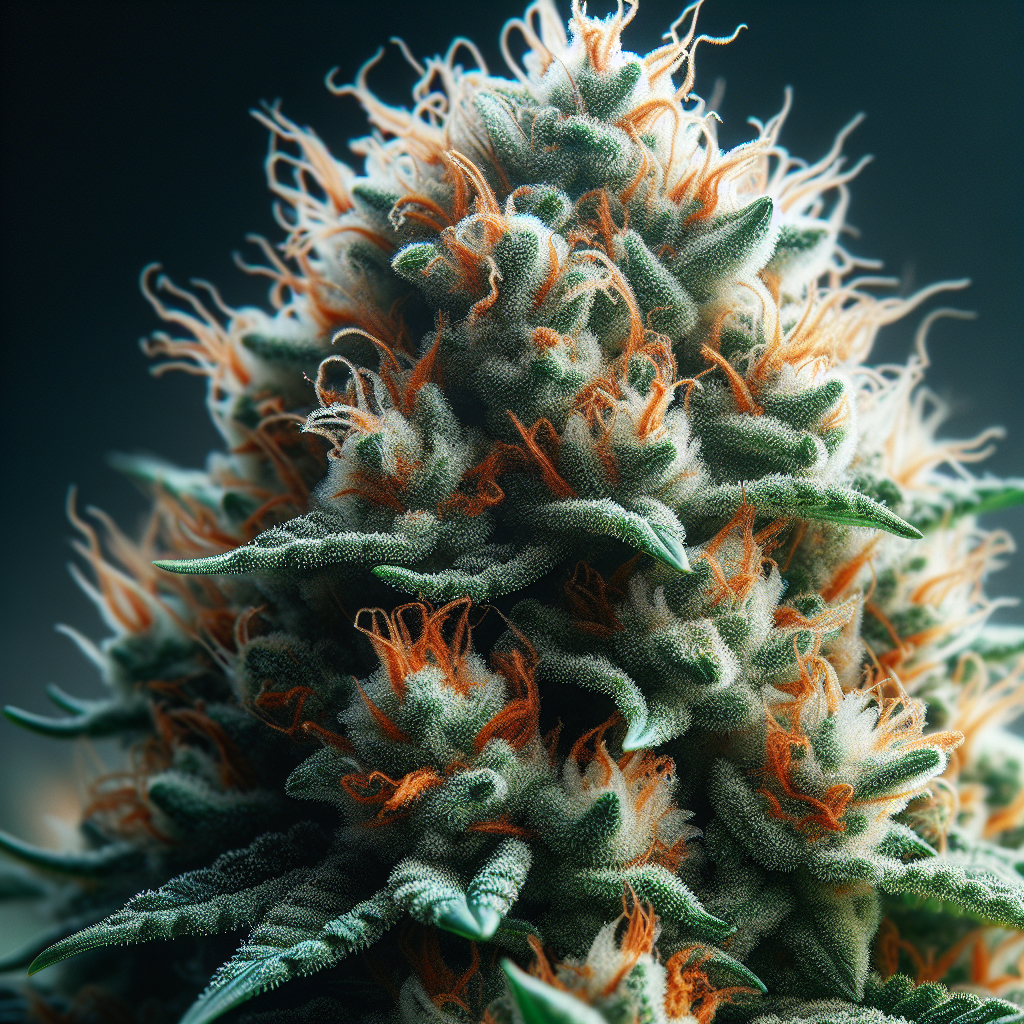Understanding PTSD: The Hidden Battle Within
Post-Traumatic Stress Disorder (PTSD) is a complex and often debilitating mental health condition that affects millions of individuals around the globe. It arises in the aftermath of traumatic events, leading many to struggle in silence with its far-reaching consequences. In this article, we will delve into the fundamental aspects of PTSD, its symptoms, the common misconceptions surrounding it, and how innovative treatments—including cannabis—are changing the landscape of recovery and healing.
What is PTSD?
PTSD is a mental health condition triggered by experiencing or witnessing a traumatic event. While many people may experience distress and fear following a traumatic event, not everyone develops PTSD. According to the National Center for PTSD, approximately 7-8% of the population will experience PTSD in their lifetime, and it can affect anyone, regardless of age, gender, race, or background.
The diagnosis of PTSD is based on a range of symptoms that persist for more than a month and cause significant distress or impairment in daily functioning. Common sources of trauma can include military combat, natural disasters, serious accidents, physical or sexual assault, and chronic illness.
The Symptoms of PTSD
PTSD manifests through a variety of symptoms that can be grouped into four main categories:
-
Re-experiencing Symptoms: Individuals may relive the traumatic event through flashbacks, nightmares, or intrusive memories. These symptoms can evoke intense emotional reactions, making individuals feel as though they are reliving the experience.
-
Avoidance Symptoms: People may engage in avoidance behaviors, steering clear of places, people, or activities that remind them of the trauma. This can lead to withdrawal from social circles and a general disconnection from life and loved ones.
-
Negative Changes in Cognition and Mood: PTSD can lead to persistent negative thoughts about oneself or others, feelings of hopelessness, emotional numbness, or detachment from relationships. Individuals may have difficulty experiencing positive emotions or feel disconnected from reality.
- Hyperarousal Symptoms: Individuals may experience heightened states of arousal, leading to irritability, difficulty sleeping, hypervigilance, or exaggerated startle responses. These symptoms can contribute to a constant sense of danger or unpredictability.
Who is Affected by PTSD?
While PTSD is often associated with military veterans due to their exposure to combat, it isn’t limited to this demographic. Acutely traumatic experiences can happen to anyone, and vulnerable populations—such as survivors of domestic abuse, refugees, and those exposed to community violence—are particularly susceptible. Children can also develop PTSD after experiencing trauma or witnessing violence, which underscores the importance of understanding and addressing PTSD in various contexts.
Common Misconceptions About PTSD
Despite its prevalence, misinformation surrounding PTSD can perpetuate stigma and hinder understanding:
-
PTSD is a sign of weakness: Many believe that experiencing PTSD is indicative of personal weakness or inability to cope. This is far from the truth; PTSD is a medical condition arising from real and overwhelmingly distressing experiences.
-
You can just ‘get over it’: Recovery from trauma is not as simple as “moving on.” Trauma impacts individuals differently, and PTSD can take time, support, and appropriate treatment to manage effectively.
-
PTSD only affects military personnel: While veterans are a significant portion of those diagnosed, PTSD can affect anyone who has encountered trauma, as previously mentioned.
-
It only affects adults: Children can also develop PTSD, but the symptoms may differ. For instance, they may exhibit regressive behaviors, such as bedwetting, or develop increased fears.
- Therapy is the only solution: While therapy is a vital component for many, several additional treatments exist, including medication, lifestyle changes, and supportive therapies. One promising area of treatment gaining momentum is the use of cannabis.
The Role of Cannabis in PTSD Treatment
Recent studies have shown that cannabis may be beneficial for those suffering from PTSD. Many individuals report decreased symptoms such as anxiety, sleep disturbances, and nightmares, bolstering the case for cannabis as a viable option in PTSD treatment protocols. Here, we’ll explore the mechanisms behind cannabis and its therapeutic potential.
How Cannabis Works on PTSD Symptoms
-
The Endocannabinoid System: The human body has an endocannabinoid system (ECS) that plays a crucial role in maintaining homeostasis, including mood regulation, pain perception, and stress response. The ECS comprises cannabinoid receptors that interact with compounds found in cannabis, such as cannabidiol (CBD) and tetrahydrocannabinol (THC).
-
Reduction of Intrusive Memories: Some research indicates that THC may help alleviate intrusive memories tied to the traumatic event. The administration of THC shortly after a trauma has shown promise in weakening traumatic memories, thus aiding the brain’s ability to process pain.
-
Improved Sleep: Sleep disturbances, including nightmares, are significant components of PTSD. Studies have reported that cannabis can help improve sleep quality for those suffering from PTSD. By facilitating relaxation and reducing anxiety, cannabis may help individuals achieve a more restorative sleep.
-
Anxiety Management: Many PTSD sufferers experience severe anxiety, which can lead to panic attacks and difficulty functioning in daily life. CBD has shown potential for reducing anxiety, and many users report feeling calmer and more collected when using cannabis products containing high levels of CBD.
- Holistic Approach to Treatment: Integrating cannabis into a broader treatment plan—including therapy and support—can lead to a more comprehensive approach. Some individuals prefer natural remedies to pharmaceuticals, citing that cannabis offers a lower risk of harmful side effects associated with traditional medications.
Important Considerations When Using Cannabis
While cannabis offers a promising avenue for managing PTSD symptoms, it’s essential to approach it responsibly:
-
Consult with a Healthcare Provider: Before starting cannabis use, it’s crucial to talk with a healthcare provider who is knowledgeable about cannabis and mental health. They can help you navigate dosages, methods of consumption, and potential interactions with other medications.
-
Consider Legalities: The legality of cannabis varies across regions and countries. Be aware of local laws to ensure compliance while pursuing treatment.
-
Quality Matters: Ensure that you are obtaining cannabis products from reputable sources. Lab-tested products can confirm the quality and concentration of cannabinoids, helping you find the right fit for your individual needs.
- Listen to Your Body: Everyone reacts differently to cannabis; what works for one person may not work for another. Keep track of how different strains and dosages affect you to understand what best supports your mental health.
Other Treatment Options for PTSD
While cannabis can be an effective treatment for some, it’s essential to acknowledge that PTSD treatment must be personalized. Here are other commonly utilized interventions:
-
Cognitive Behavioral Therapy (CBT): CBT is an evidence-based talk therapy that helps individuals reshape negative thought patterns and behaviors associated with PTSD. It often includes exposure therapy to help individuals address and process traumatic memories gradually.
-
Eye Movement Desensitization and Reprocessing (EMDR): EMDR is a specialized therapy that helps individuals process traumatic memories through bilateral stimulation, such as guided eye movements. This approach aims to desensitize emotional distress tied to trauma.
-
Medication: Some individuals benefit from prescribed medications, such as antidepressants or anti-anxiety medications, which can help alleviate symptoms of PTSD. It’s important to work closely with a healthcare provider to weigh the benefits and risks of pharmaceutical treatment.
- Support Groups: Connecting with others who understand your experience can provide comfort, validation, and shared coping strategies. Support groups often foster community and collective healing.
The Journey Towards Healing
Healing from PTSD is an individual and often non-linear journey. It requires patience, understanding, and support from loved ones and professional networks. It’s essential to recognize that recovery is possible, and individuals can learn to manage their symptoms while reclaiming their lives.
It’s important to stay proactive and informed about all available treatment options, including emerging therapies like cannabis. As more research supports its efficacy, cannabis may indeed become an integral part of the holistic approach to PTSD recovery.
FAQ Roundup
1. What are the primary symptoms of PTSD?
PTSD symptoms are often categorized into four groups: re-experiencing (flashbacks, nightmares), avoidance (staying away from reminders of the trauma), negative changes in mood and cognition (persistent negative thoughts), and hyperarousal (irritability, difficulty sleeping).
2. How common is PTSD?
Approximately 7-8% of individuals will experience PTSD at some point in their lives. It can affect anyone who has encountered a traumatic event, regardless of background.
3. Can children develop PTSD?
Yes, children can develop PTSD, and their symptoms may differ from adults, including regressive behaviors or increased fears.
4. What is the endocannabinoid system?
The endocannabinoid system is a complex network of receptors and compounds that helps regulate various physiological processes, including mood, stress response, and memory. Cannabis interacts with this system, potentially helping to alleviate PTSD symptoms.
5. Is cannabis a recommended treatment for PTSD?
Many individuals report positive effects from cannabis use in managing PTSD symptoms. However, it is crucial to consult with a healthcare professional before beginning any treatment.
6. What other treatments are available for PTSD?
Other treatments for PTSD include Cognitive Behavioral Therapy (CBT), Eye Movement Desensitization and Reprocessing (EMDR), medications, and support groups.
7. How do I start using cannabis for PTSD?
Consult with a healthcare provider knowledgeable about cannabis. They can help determine the right strain, dosage, and consumption method for your needs while ensuring safety and legality.
8. Can PTSD symptoms improve over time?
Yes, with appropriate treatment and support, many individuals can effectively manage their PTSD symptoms and work towards recovery, leading fulfilling lives.
In understanding PTSD, it is vital to foster a sense of compassion, awareness, and openness to diverse treatment options. Cannabis, accompanied by supportive therapies, offers promising avenues for relief, helping individuals navigate their healing journey while breaking the stigma surrounding this often misunderstood condition.





